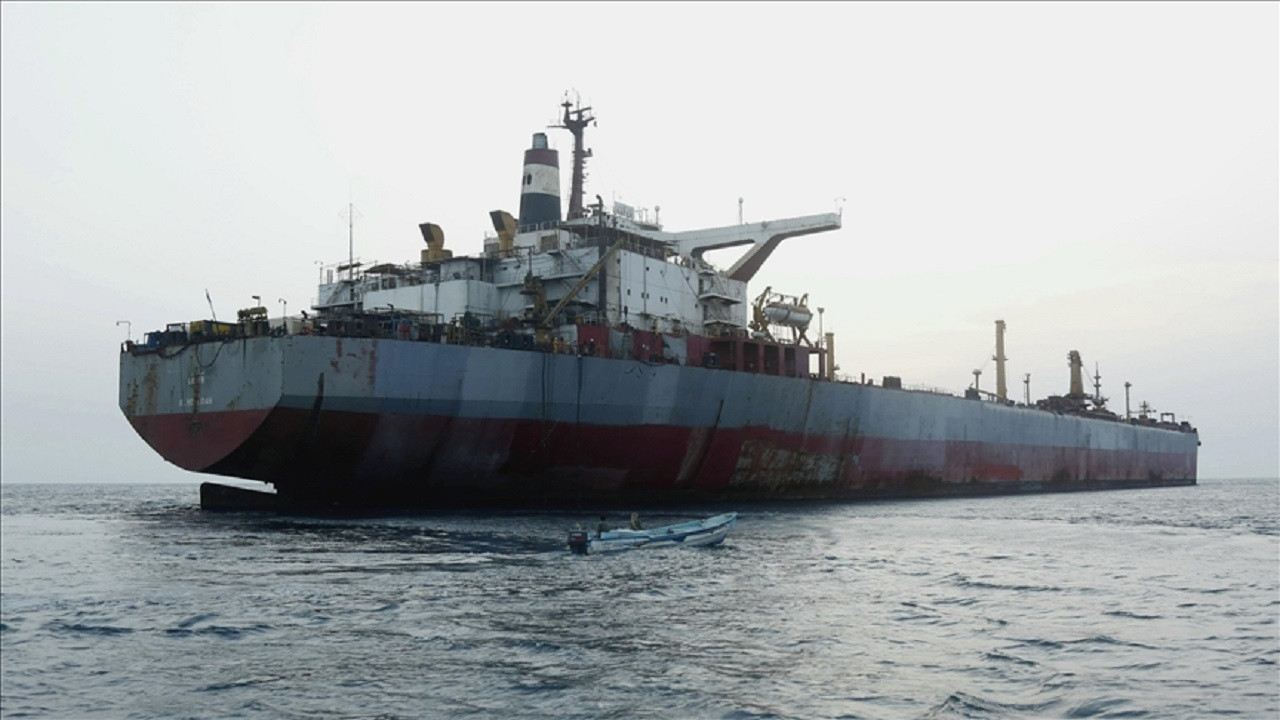The cost of shipping refined products from the Middle East to Japan rose another 3 percent on Thursday to $101,000 per day, according to data from the Baltic Exchange in London. This is the highest cost for this route since 2020, along with the pandemic period.
Since mid-November, the Houthis in Yemen have been steadily increasing their attacks on shipping in the Red Sea. Oil tankers began to feel the impact when ships were advised to stay away from the area following US and UK airstrikes, and much of the merchant fleet began to avoid the Red Sea.
- President Erdoğan signs the Swedish resolution
- Flash News: No US troop withdrawal in talks with Iraq
Distance increased, costs skyrocketed
Since then, tanker rates for ships carrying fuels known as gasoline, diesel and naphtha have risen even higher as ships sail longer distances to transport cargoes to Asia or move thousands of kilometers around Africa.
This cost increase is also reflected in the earnings of ships carrying barrels from the Middle East to Europe. According to data from the Baltic Exchange, ships on this route cost between 97 thousand and 117 thousand dollars a day, depending on their size.
It could also spike inflation
The escalation of tensions in the Red Sea could also escalate global inflation in relation to world trade. The Italian-Swiss Mediterranean Shipping Company (MSC), the world’s largest container company, warned its customers in a press release of additional price increases for some of its US-bound container traffic from February 12.
The shipping company Honor Lane stated that they expect the situation in the Red Sea to continue for 6 months, maybe up to a year; in such a case, the transportation price is expected to be high and the equipment shortage is expected to continue.
Stephen Schwartz, vice president of global receivables and trade finance at US investment bank Wells Fargo, told CNBC television that “Europe is feeling the biggest impact from the situation in the Red Sea, and the effects of rising prices are starting to be seen on commodities.”
Pointing to container delays, reduced capacity and longer transit times as factors affecting global shipping costs, Schwartz said that as the situation in the Red Sea continues, global shipping costs will start to affect US companies as well.
Interest rate cuts may be delayed further
According to the European Statistical Office (Eurostat), the crisis in the Red Sea is expected to cause inflation to rise by half a degree in the first and second quarters of 2024. The crisis in the Red Sea is dampening European hopes that “interest rates in the Eurozone economy could be cut from 4 percent this year”.
The European Central Bank has raised interest rates 10 times in a row since July 2022 to curb inflation. While experts hope that the European Central Bank will cut interest rates 6 times in 2024, the tension in the Red Sea may cause this expectation to be postponed.
In the US, inflation rose to 3.4 percent in December from 3.1 percent in the previous month. This movement in inflation has not yet been affected by the tension in the Red Sea. The US Federal Reserve is worried that the Red Sea crisis will have additional effects on inflation from January. This means that hopes for a rate cut before the end of the first half of 2024 are fading.
According to US Federal Reserve data, interest rates in the US are currently at 5.5 percent, the highest level since 2001.





